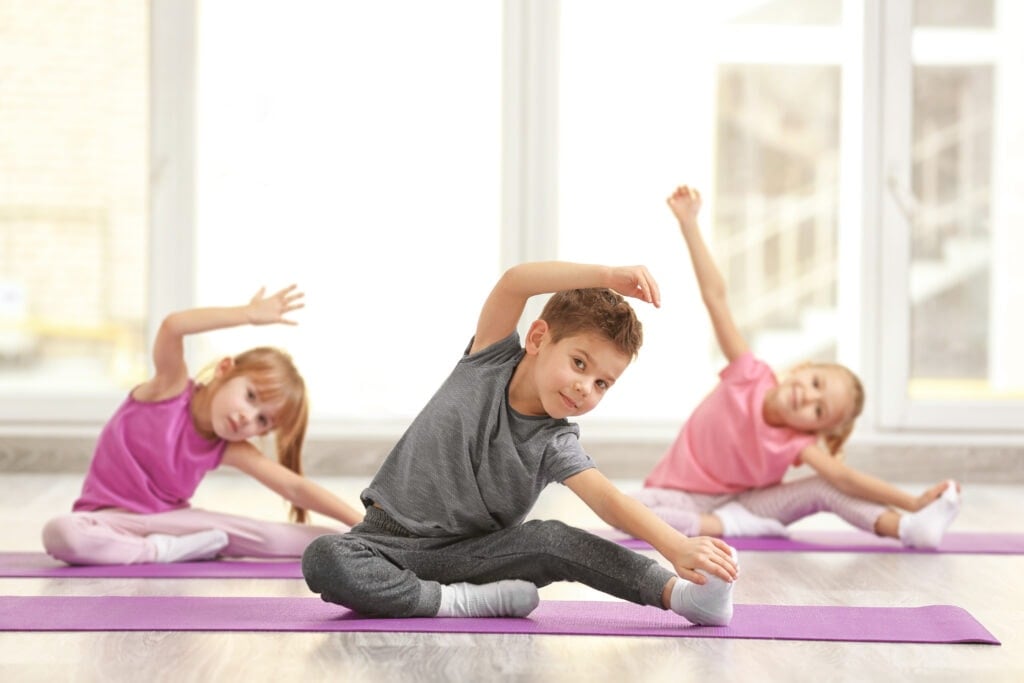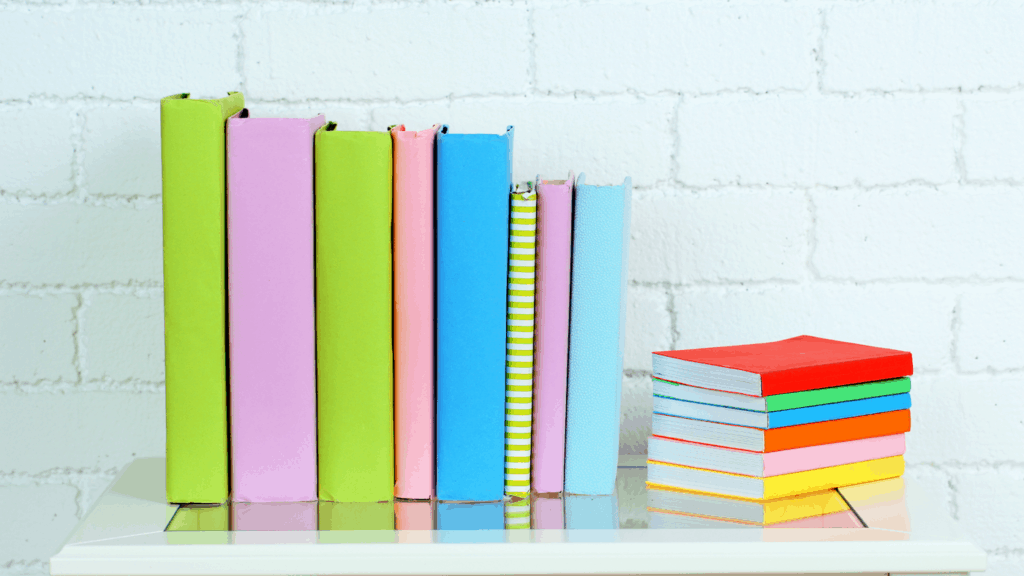
Yoga and children seem like they are opposites: one focuses on calming the mind and body, the other is often rambunctious and loves to play. Can children learn how to do yoga, and how are
Mindfulness and yoga practices in
When you practice yoga, in a way, you also practice mindfulness. Mindfulness is important in
What Is Mindfulness in Montessori ?
Mindfulness in
Mindfulness in
- Notice their own feelings when they are frustrated with their child(ren)
- Learn to pause before responding in anger
- Listen carefully to a child’s viewpoint, even if they don’t agree with it
- Recognize what triggers anger and irritation in both children and adults before the argument or meltdown starts
Mindfulness in
Mindfulness, especially when used in a
- Reduces stress
- Reduces anxiety
- Promotes better sleep
- Reduces muscle tension
- Promotes feelings of calm, peace, and harmony
- Promotes concentration, focus, attention, and self-control
- Increases patience, empathy, kindness, and compassion
- Increases self-esteem, confidence, and motivation
- Reduces irritation
- Lowers heart rate and blood pressure (mainly in adults)
Mindfulness in
What Is Yoga for Montessori ?
Yoga for
Yoga in relation to
Yoga and the
What Is Mindful Observation in Montessori ?
Mindful observation in
When mindful observation is taught to children who are learning through the
How Do You Explain Mindfulness to Preschoolers?
Preschoolers don’t typically understand mindfulness, even if they have learned about how to be mindful in the past. Mindfulness can be taught while they are having a tantrum or meltdown, and can help them calm down. To explain mindfulness to preschoolers, be at their eye level. This will help them focus on you and what you are saying.
Then, tell them to take a deep breath and blow it out. Do this repeatedly until they calm down. Next, ask them how they are feeling. If they say they don’t know, then give them options to choose from. Do not rush them. Give them time to think about what they are feeling. (Source)
After your child tells you what they are feeling, ask them why. Then, help them resolve the issue to help them feel better. If needed, give them a hug before letting them go off and play again.
How Do I Introduce My Child/Preschooler/Toddler to Yoga?

To introduce your child of any age to yoga, start by first doing yoga yourself. They will see what you are doing and will want to mimic you. At first, they may just watch you from a distance. Then, they may try to get in your way because they are curious and want to be near you, especially if they are extremely young.
If you want your child to do yoga in the future, make sure you do yoga in a room where they can see you. Don’t do yoga in the playroom because your child will focus more on the toys than you, and they likely won’t want to learn how to do yoga.
When your child starts to mimic your yoga poses, you can narrate or explain to them what they are doing. For example, “You are doing a tree pose like me.” Considering asking them if they are ready to change poses. When your child starts to show an interest in doing yoga themselves, i.e. when they start to mimic your yoga poses, start teaching them how to do poses that are meant to be done by children their age.
However, when you teach your children yoga, keep in mind that their yoga poses won’t look like yours. Children have short limbs, are sometimes clumsy, and are not very flexible. Instead, focus on the movements themselves and be creative. Only make them stay in poses for as long as they are comfortable. (Source)
Children love to copy their parents. When you want them to do yoga, do it yourself. Ask them if they can do what you are doing, and they will likely try to copy you. When they copy you and are in a yoga pose, only make a few corrections when necessary.
Purchase, make, or print out cards that have child yoga poses on them. Most yoga poses meant for children are based on animals or items like volcanos or frogs. The animals and items help capture and keep the interest of children. You can also come up with a yoga pose for every letter in the alphabet if you are currently teaching them the alphabet. If they have a favorite TV show character, try to find pictures of that character doing various yoga poses. (Source)
The following yoga pose names are appealing to a child, and the poses are easy to do:
- Cat/Bear Pose
- Cow Pose
- Snake Pose
- Lion Pose
- Mountain Pose
- Down Dog Pose
- Frog Pose
- Butterfly Pose
- Star Pose
- Swan Pose
When your child starts doing yoga, let them wiggle and change poses as much as they want. If not, they won’t like yoga as much. Let them choose how long they do yoga.
Never force your child to do yoga. Yoga should be fun for your children, not something they feel they have to do because you expect it. They will likely become frustrated if you force them to do yoga.
If your child isn’t interested in doing yoga, don’t be discouraged. They will likely show interest in the future, but right now they are more interested in their toys than what you are doing, especially if the poses look hard to do or seem odd to them.
When you start teaching your child how to do yoga, take it slow. Remember, they are still learning many things about the world, and they may not be able to learn more at the moment. It takes time for them to remember how to do things, including yoga, even if they enjoy doing it.
Is Yoga Good for Toddlers?
Yoga is great for toddlers. Yoga allows toddlers to stretch and develop their muscles in ways they haven’t in the past. It also helps them do the following:
- Improve balance
- Improve coordination
- Improve focus
- Build mirror neurons
- Increase lung capacity
Although your toddler may not be interested in yoga at first, they may develop an interest if they see you doing yoga often.
What Is the Minimum Age for Yoga?
Children can do yoga at nearly any age. Babies as young as 6 weeks old can technically do a form of yoga, although they won’t necessarily do many poses as they have very few muscles at that age. When your child can walk and talk on their own, they can start doing yoga poses alongside you. (Source)
2 and 3-year-olds can absolutely do yoga. They can complete more advanced yoga poses than a 1-year-old can. When a child is 2-3 years old, they start to really show an interest in what their parents are doing. When that happens, get them their own mat and help them start learning simple poses.
Watch the following video if you want to learn about the best yoga poses that children between the ages of 2 and 4 can do.
How Does Yoga Help Child Development?
Yoga helps child development in a variety of ways, including:
- Developing fine motor skills
- Improve focus
- Improve social skills
- Develop breathing techniques
- Improve balance
- Improve memory
- Improve awareness
- Improve confidence
- Improve strength
- Improve endurance
- Improve empathy
- How to be independant
- Listening skills
Yoga can help children calm down and learn how to calm themselves down. It also helps them learn how to be independent, which is one of the reasons why yoga is often taught in Montessori classrooms. Although children can get help doing yoga poses, they often don’t get help because they want to do it themselves. They also have to rely on themselves to work out how to do the poses, which helps them become independent. (Source)

To do yoga, you have to listen to your parent or teacher. The more a child does yoga, the more listening skills they will develop. Alongside listenings skills, yoga will help children develop their focusing and concentration skills. To successfully do yoga poses, you need to focus. Children are no exception, but they don’t have the skills that adults have already developed by the time they start doing yoga. Instead, they develop those skills as they do yoga. (Source)
As children become good at doing yoga, their self-confidence improves. They will become less frustrated and learn to enjoy doing yoga.
Yoga improves balance in both adults and children. Oftentimes, children are clumsy. However, if they don’t want to fall while doing yoga, they have to learn how to balance. Yoga also helps improve a child’s memory skills because they have to remember the names of different poses and what they need to do to get into that pose. (Source)
Overall, teaching a child how to do yoga can be extremely beneficial for both children and adults. Yoga helps children develop a variety of fine motor skills and mental skills that are extremely important to a child’s development. Although your child won’t be good at doing yoga at first, over time they will learn and eventually become good at it. You can enjoy doing yoga alongside your child, even if you are doing more complicated poses.







